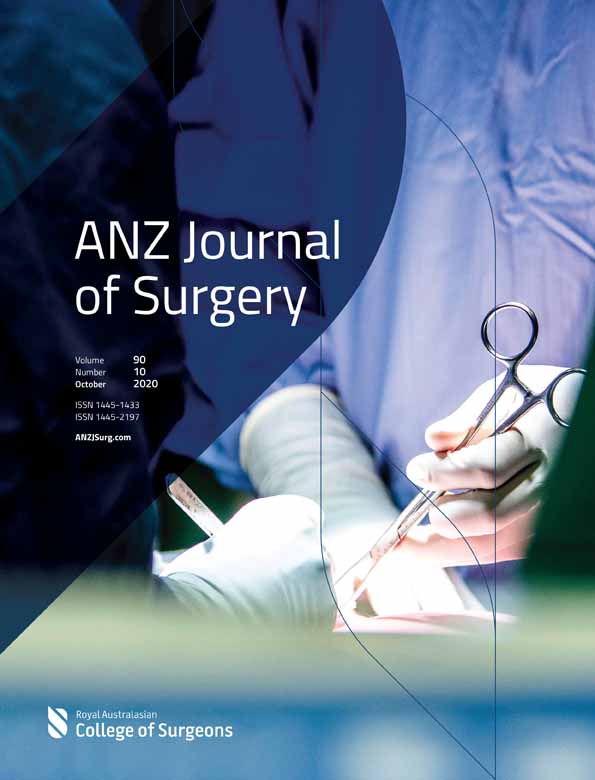Surgical Locker room Environment: Understanding the Hazards (SLEUTH) study
Abstract
Background
Anecdotal evidence reveals that medical equipment are easily found in hospital changing rooms. Access to potentially lethal drugs and intravenous access equipment may put vulnerable medical staff at risk. The aims are to quantify the burden of medical equipment found in this environment, calculate the associated cost burden and to raise clinician awareness about a potential health hazard.
Methods
We prospectively collected data on the medical paraphernalia found in surgical changing rooms from one private and two public hospitals in South Australia over 2 months. We systematically searched open surgical lockers, benches and floors in male and female lockers rooms. Item costs were calculated from Imprest and the Pharmacy Department.
Results
During the study period, we found a total of 537 items. There were 280 sharps, including 185 scalpels found in one open locker. There were 78 items of intravenous paraphernalia, 38 surgical tapes, 70 bandages and 73 miscellaneous items. In addition, there were six medications found including 3 × 5 mL vials of 1% lignocaine, one vial of lignocaine with adrenaline, one ketorolac suppository and 5 mL fentanyl. There were 529 (98.5%) items within their date of expiry. The total cost of the items was 2358 Australian dollars (AUD), with an estimated annual cost of 14 148 AUD over the three sites and 424 400 AUD over South Australia.
Conclusion
The burden of available medical supplies found in the theatre changing room is high and worrisome. Strategies for appropriate disposal and safe storage of medical equipment are required.
Conflicts of interest
None declared.




